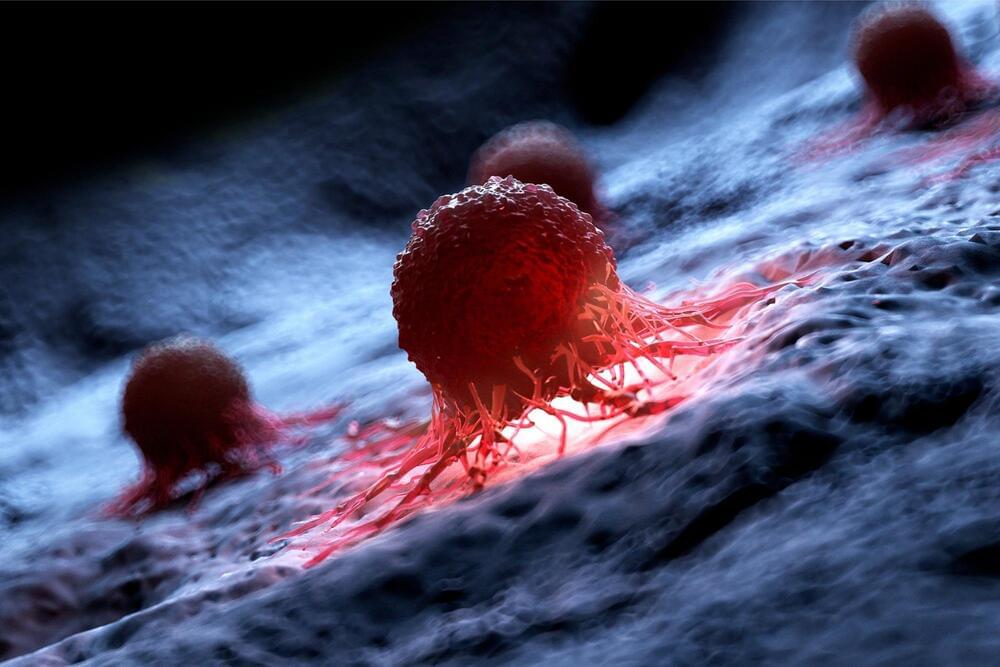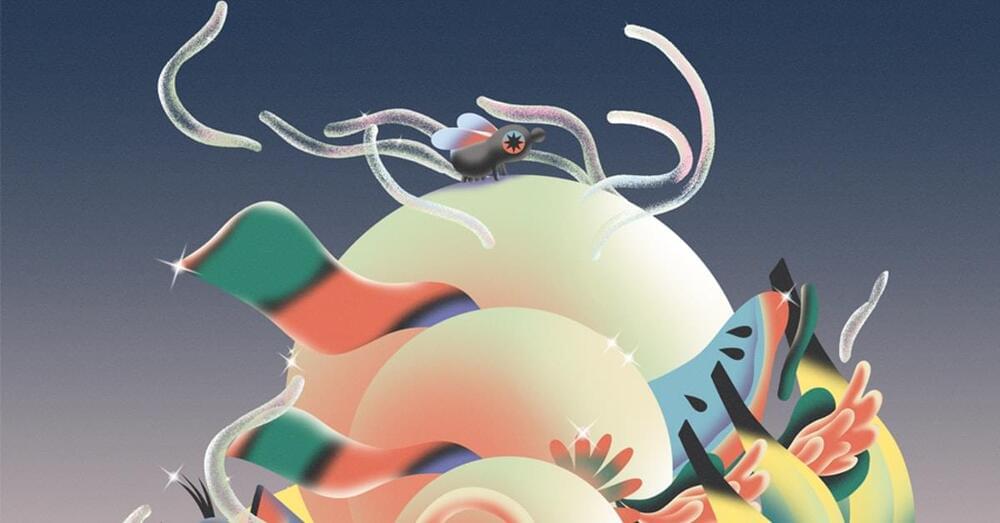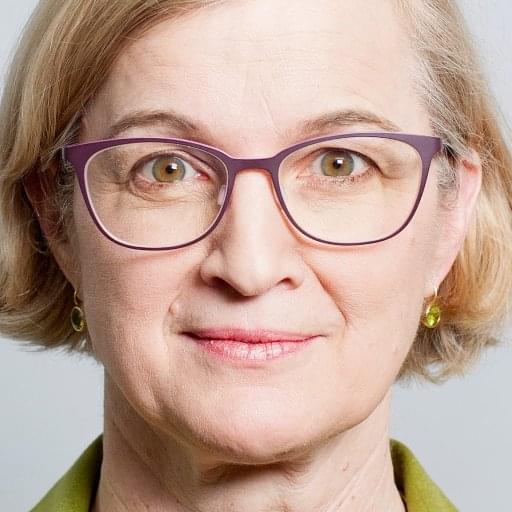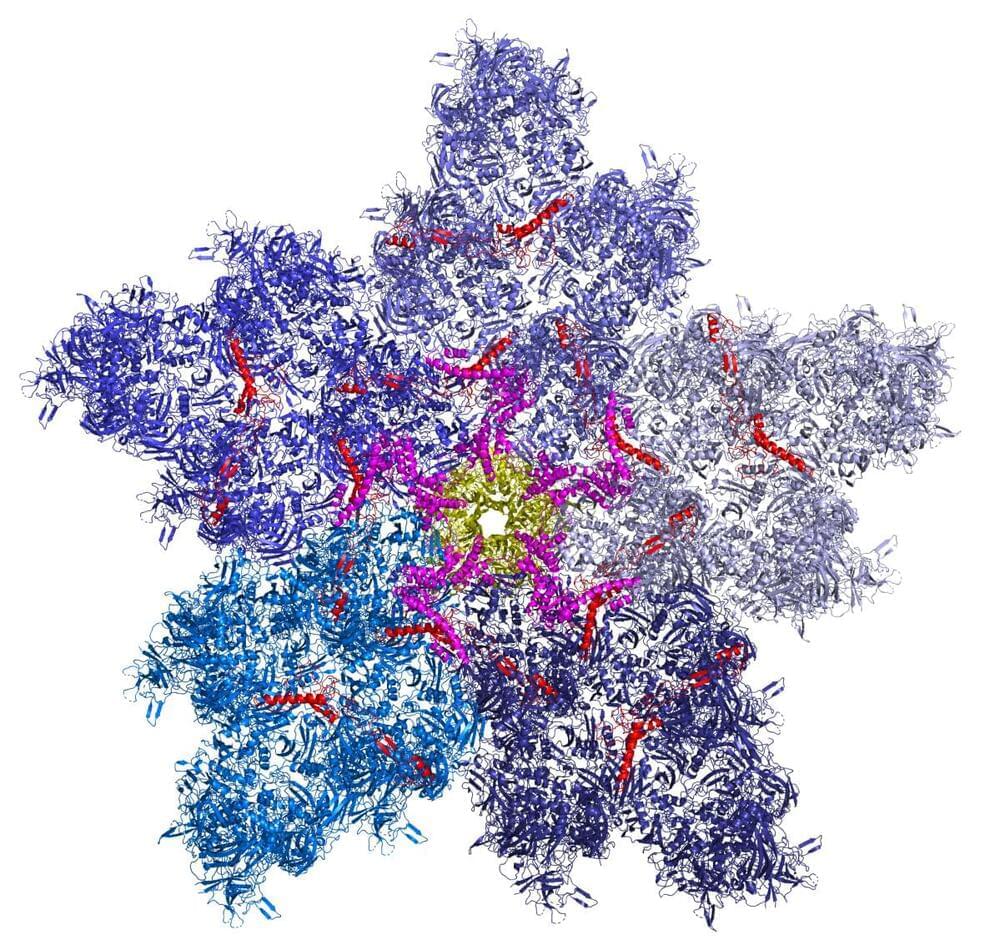Subscribe — https://bit.ly/3myAZOn.
You’d be instantly where you want to be if you moved at the speed of light. Indeed, light-speed travel has been a fantasy of many scientists and aerospace engineers who look for ways to achieve it.
And now, it seems Elon Musk and NASA have broken that fantasy code to build a light-speed engine that defies the laws of physics.
About Elon Musk Live.
🎥 Videos about Elon Musk, SpaceX, Tesla, Neuralink, The Boring Company and more.
🔔 Subscribe for more Elon Musk, SpaceX, Tesla, Neuralink, The Boring Company and more.
📝 Written, voiced and produced by Elon Musk Live.
Watch More Elon Musk Live Videos Here:
👑 Elon Musk: https://www.youtube.com/playlist?list…
🚀 SpaceX: https://www.youtube.com/playlist?list…
🚗 Tesla: https://www.youtube.com/playlist?list…
⚠️ Copyright Disclaimers.
• Section 107 of the U.S. Copyright Act states: “Notwithstanding the provisions of sections 106 and 106A, the fair use of a copyrighted work, including such use by reproduction in copies or phonorecords or by any other means specified by that section, for purposes such as criticism, comment, news reporting, teaching (including multiple copies for classroom use), scholarship, or research, is not an infringement of copyright.”
• We use images and content in accordance with the YouTube Fair Use copyright guidelines.
#ElonMusk #SpaceX #NASA



